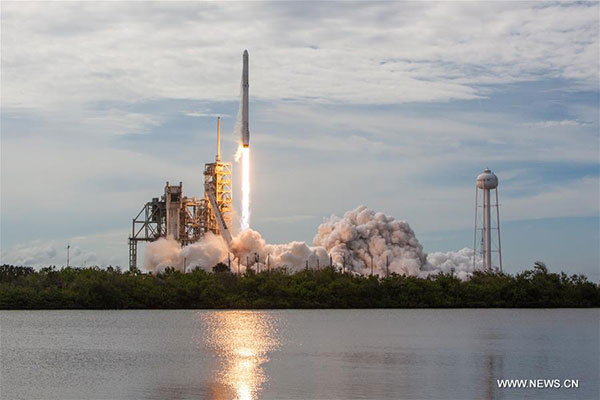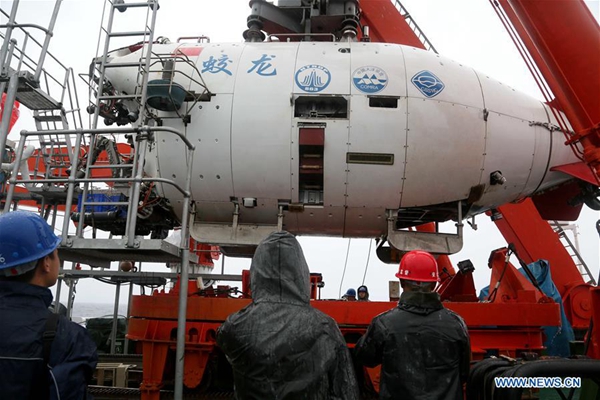The defence of democracy
I wish to live in a tolerant society, where we settle our differences through argument, debate and votes. I do not wish to make windows into men’s souls. All should be free to practice their own religion, adopt their own belief system, or to exempt themselves from religious activity. All that we ask is that people who live in our society accept our basic belief in freedom and respect the freedoms of others.
We also all have to accept the democratic constraints on our freedom placed by lawmakers we have elected and laws we consent to. Where we do not like the laws we obey them for the time being and campaign for their repeal or amendment. We outlaw violence of one against another. We make illegal any attempt by force to impede another’s freedom of belief and speech. We set rules we must all obey to ban speech which can turn people to violence and hatred.
The recent mass murders in Manchester and London have made some people angry as well as worried. All of us who want to uphold our democracy are united in condemning the actions of the murderers and their assistants and tutors if they had any. Hate speech against those who had nothing to do with the atrocities and share our loathing of the murders makes things worse.
I am being urged by some to ask the government to take stronger action. There is no doubt that the government will continue to improve and strengthen its response to extremist violence. The Prime Minister spoke for the many yesterday when she said ŵe must confront the extremist ideology that fuels these crimes and must strengthen our response. We may need more people in Intelligence, monitoring individuals who arouse suspicions, and following up leads and information passed to the authorities by others. It may be that better use could be made of information collected at our borders, as we should be alarmed by individuals who go to places abroad with terrorist training camps, if we have reason to worry about the individuals intentions anyway. We need to ask how an asylum seeker from a dangerous country to whom we have granted asylum feels free to journey back to that very country that he said would damage him. Has he abused our hospitality and kindness if he goes back there? There does need to be better controls over the dissemination of terrorist techniques and incitements to murder.
There are no simple or cheap solutions to rooting out terrorists from our midst. Some were born here. Some have come here more recently, but were not known as potential terrorists when they arrived. If they are known then of course they should be banned from entry. We wish to live in an open and free society, where we welcome in tourists, friends and family for visits without too much hassle. We want our universities to offer courses to foreign students, our companies to have extensive business links with overseas markets and company personnel. I do not wish to live in an armed camp, closed to the world, because of the risks of terrorism. Our best ally for safety lies in ourselves, reporting and assisting the authorities where there are grounds for suspicion. The Intelligence services have a big task to perform, and will I am sure be strengthened further. We need to ask all men and women of good will, especially those in education and in contact with those who are exploring these evil beliefs to be ever vigilant and concerned for the safety of the wider community.
Published and promoted by Fraser Mc Farland on behalf of John Redwood, both at 30 Rose Street Wokingham RG40 1XU

